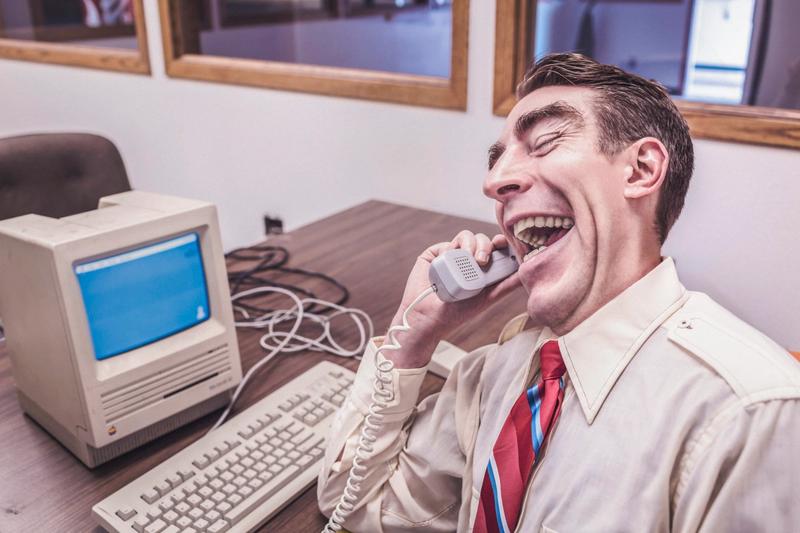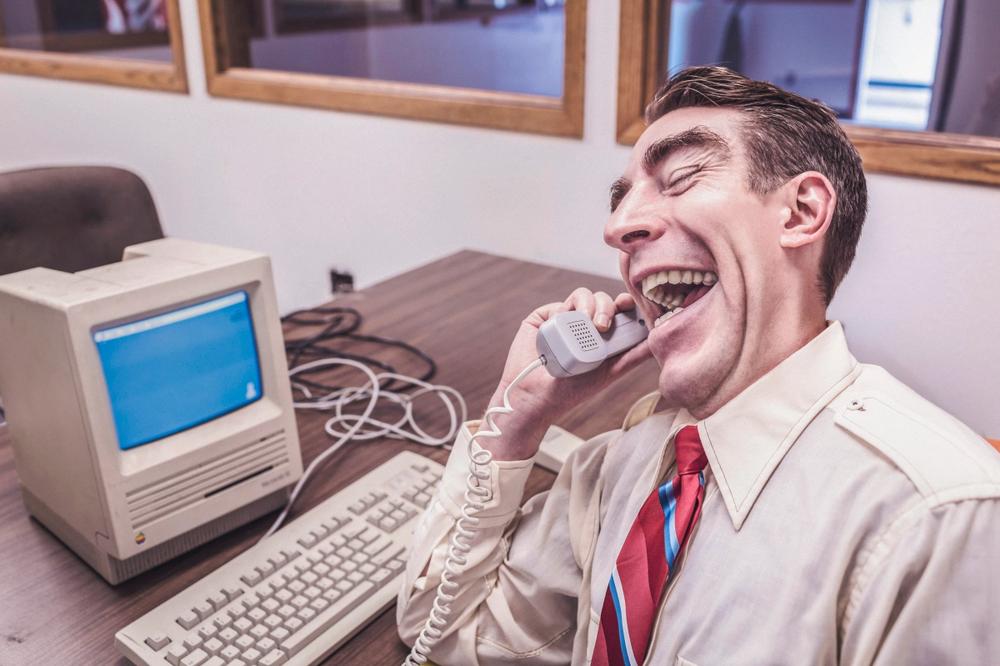Paradigm shift? Nah, I'm too busy

By Karim Sabet
Every single major technology shift comes with a side-order of pain. Or, more accurately, the anticipation of pain.
Don’t believe me? Then let me tell you the story of my BlackBerry Bold, circa 2009, and I’ll bring it around to today’s paradigm shift in dynamic data storytelling.
My BlackBerry
My BlackBerry Bold came with a 5 megapixel, auto-focus camera, quartz-like keyboard and optical trackpad, email and BlackBerry instant messaging. It was the shiz. I was sold. We were inseparable, my BlackBerry and me.
BlackBerry had ruled the phone market since 2002 and I was in the eco system deep. Other phone brands (here’s looking at you Nokia) had tried and failed to copy the BlackBerry magic. That is, until Apple broke the mould of what a smart phone should be and blew the market open with iPhone 3.
The slick marketing campaigns and all my friends told me how good iPhone was and I didn’t listen. So what if it combined your music, your email, your messaging, your calls, your photos, your social media in one easy-to-use system. I didn’t care. I was happy with what I had. I was comfortable. I didn’t want to change.
Unfortunately for me, change is the one unchangeable constant of the universe. The day arrived when the inevitable happened: my BlackBerry broke.
Without going into the obvious period of mourning, suffice to say I had a terrible Android phone for a time and then my boss replaced it with an iPhone. I was ready to hate it. I fought the effort of shifting contacts and learning new ways to do things. But I did it.
With the benefit of hindsight, iPhone changed my life. Suddenly BlackBerry seemed like a geriatric technological. Why hadn’t I used iPhone all along, I wondered to myself. I could have made my life easier, sooner.
The answer to the age-old question “why didn’t I change sooner” is the inertia of business as usual (BAU) and fear of the unknown.
BAU
Everyone is busy. It’s a blight or a badge of honour, depending on who you ask. The trouble with it is that we seldom have the time to think about whether what we are doing is best practice. We become entrenched in how things are, the boxes we must tick and demonstrating the value we add by keeping heads down and following process. This is BAU. BAU is comfortable and safe. You still get some results with BAU. And let’s face it, BAU likely became BAU because at some stage it was best practice. The real challenge is recognising when something better has come along and it’s time to let go of the old.
Fear of the unknown
I loved the BlackBerry keyboard. My fingers could intuitively punch out email and messages with great speed. How would I adapt to a flat and soulless glass screen? In truth, in the inertia of BAU, any change seems overwhelming.
But what if we – like I was with my BlackBerry – are looking at things the upside down? What if we could take a step outside of BAU for a minute, turn it right side up and look at the big picture. What if new tools, new technology, and new ways of doing things can cement better outcomes than we get right now? What if the investment of time and resource actually saves you time and money and helps you achieve better result? Wouldn’t that side order of pain, which seems much bigger than it actually is, be worth it?
He who dares, wins
There are a lot of articles out about AQ, or adaptability quotient. It goes beyond IQ and EQ to look at an organisation’s ability to greet change. It’s the ability to adjust course, product, service and strategy in response to unanticipated changes in the market.
AQ is tough for large organisations and governments, given that big wheels take a long time to turn. But at the speed technology is advancing, it is critical that digital transformation takes priority. What worked yesterday might not work today. And it definitely won’t work tomorrow. I mean, 5-year-ago me couldn’t have imagined that a platform for 15-second videos would be the prime communication outlet of a new generation or that Linked In would transform from a job ad site into social media for business.
Still too busy to change?
What’s trending on the change horizon now? For me, it’s how we communicate data and complex information.
In a few years’ time, future me will look back on PDF reports the same way that I do my BlackBerry: with a bit of nostalgia but knowing that a far better technology has been adopted.
It’s a technology where data comes to life dynamically, a reader can quickly find what they’re looking for and engagement is through the roof. I’m seeing the start of this paradigm shift now in how organisations think about how they produce reports, and how dynamic data storytelling should be at the centre. I have meetings where customers bring along 300-page annual plans, slap it on the table and say, “we are never doing this again.”
The desire for change is about end-user centricity and democratising access to data so that everybody – not just your data geeks – can understand it and input into decisions from an informed position.
Yes, there is the inertia of BAU. Yes, there is fear of the unknown. But like me and my BlackBerry, the change had already happened – I just didn’t know it. And I, for one, am glad I made the change.
